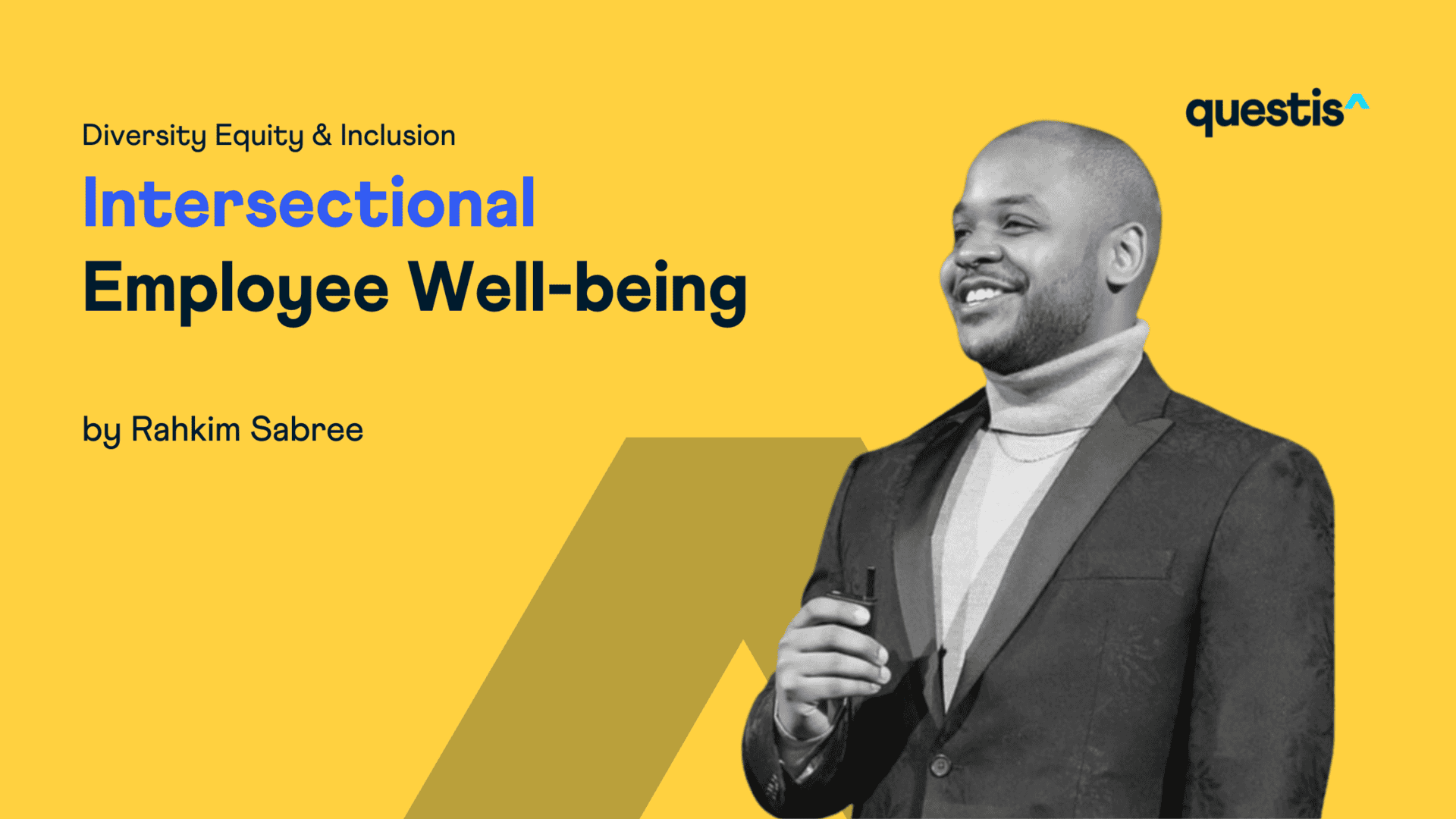Employee wellness can be complex–especially if their experiences are intersectional. A “best practice” or perk that supports one group may expose the privilege they have to the detriment of another. For example, direct deposit would be convenient for those who have established bank accounts and, in some instances, provide wages early. But for those unable to establish banking relationships, it may take longer to receive wages and longer still to access them.
In acknowledging such efforts around diversity, equity, and inclusion, employers must be sensitive to how many worlds collide within each individual employee’s personal existence. As we explore the relationship between intersectionality, representation, and employee well-being, it’s important to understand what these things mean in the nurturing of your organization’s greatest asset: the employees that make it all possible.
What is Intersectionality?
According to Merriam-Webster, Intersectionality can be defined as “the complex, cumulative way in which the effects of multiple forms of discrimination (such as racism, sexism, and classism) combine, overlap, or intersect, especially in the experiences of marginalized individuals or groups.”
As a Black male millennial from a low-income background, these unique categories have had an impact not only on the way I perceive career pathing and the opportunities that come with it, but also on how I’ve handled conversations around raises, establishing healthy work-life boundaries, and ultimately the clash of company culture with my personal values.
Additionally, should one of the intersecting variables mentioned change, the entire dynamic for my needs and relationship with wellness change with it. For example, with all of the same variables, if instead of being a Black male, I was a Black woman, or if I were a Gen Y instead of a millennial, my perception, needs, and experiences could be different than my current experience and therefore could demand something different in the area of wellness both internally and externally.
Inclusion’s Failure to Include
Organizations may embrace DEI strategies on paper, going as far as to designate a specific role or team to the initiative. However, they often miss the mark in acknowledging that a man with a brown face does more for the idea of recognition than it does for representation, especially if that brown face is not in touch with the experiences and challenges of those they are meant to include. Moreover, the brown face may have had experiences that mirror that of my own but may also have bought into ideologies and ideas around how to navigate organizational spaces that perpetuate stereotypes and standards that have racist, sexist, and/or classist origins and do more harm to employee wellness than good.
There is no way to represent the varying needs of your employee body in one person based solely on their experiences, education, or affiliations. Having diversity present on leadership teams and down is an important step toward the goal of inclusion, but it’s not where it ends. Inclusive leadership should consider the unique obstacles that those who are represented experience and expound on the degrees of intersectionality that the leader may or may not have experienced personally.
Intersectional Well-being
There is no silver bullet to solve for the varying degrees of intersectionality your employee population embodies; however you can leave space as an organization to address them as they surface. The same urgency you would take on issues of sexism, racism, LGBTQIA+ phobias, or ageism should be applied and examined on a case-by-case basis. These issues will likely have a common trigger but require different handling as the identities and sophistication of acknowledging those identities change. Individuals should feel safe in being their complete selves in the workplace and comfortable in raising issues around such things as:
- career pathing and goals
- cultural clash
- personal wellness
- pay transparency
- and anything that may rear its ugly head in the workplace
My needs as a millennial may not be the same as my needs as a Black man. My needs as a Black man may be compounded by my experience growing up low income. These can both be true at the same time and require different care when it comes to my intersectional well-being. Educating employees on the impact of intersectionality can also inspire dialogue around how those intersecting identities affect them. Being conscious of this can encourage more employees to speak up and advocate for the changes they need rather than assuming there is no way out or that their experiences aren’t acknowledged.
Some steps leaders can take to move the dial on this might include the sharing of their own experiences and how they’ve overcome them; or creating space for others to share their experiences safely. In the latter suggestion, it is almost certain that there will be a reluctance to share because, historically, it’s been taboo. Starting the conversation and leaving the door open to that conversation allows others to process what they’ve heard and decide on their own time when they are ready to speak up.
About Rahkim Sabree
 Rahkim Sabree, CFEI is an author/columnist, speaker, and financial coach focusing on the pathways between financial literacy and financial empowerment. Rahkim is the author of the bestselling book “Financially Irresponsible” and has been published in Business Insider, The Grio, Black Enterprise, Entrepreneur, CEO World Magazine, and more. He can be reached via his website at www.RahkimSabree.com.
Rahkim Sabree, CFEI is an author/columnist, speaker, and financial coach focusing on the pathways between financial literacy and financial empowerment. Rahkim is the author of the bestselling book “Financially Irresponsible” and has been published in Business Insider, The Grio, Black Enterprise, Entrepreneur, CEO World Magazine, and more. He can be reached via his website at www.RahkimSabree.com.
